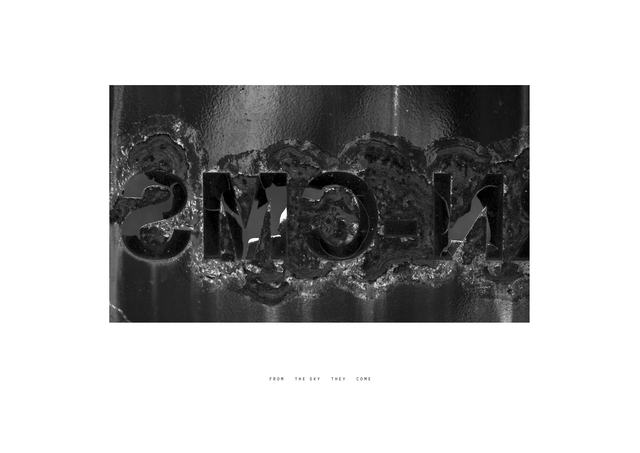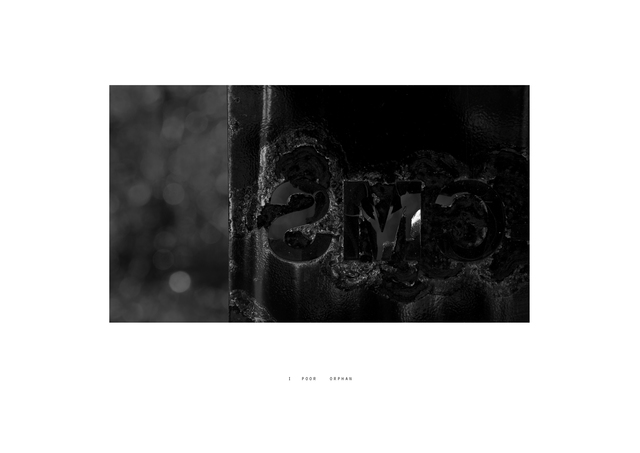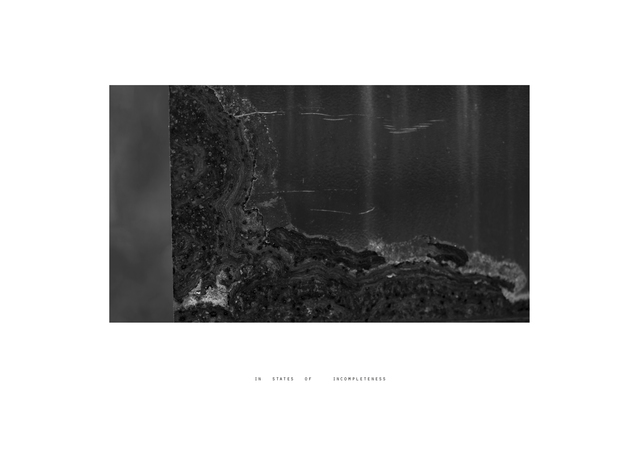CERN - FATE MAPS - ENTANGLEMENT - Here, There and Everywhere series comprise of sense data by-products of the 90’s entrance sign to the underground high energy physics multi-purpose detector (CMS) at the closed and guarded P1 security gate road entrance of the Atlas experiment at CERN’s LHC, Meyrin, Geneva. The folio offers conceptual and philosophical approaches on subatomic/high energy physics research at the Atlas experiment collision detector on the ground visitor site in CERN
Part of a folio of artworks comprising of photographic series, film essay and experimental writings made in response to visits to the main site of the Large Hadron Collider, at CERN in Meyrin, Geneva in 2017 (The European Laboratory for Particle Physics) The visual/textual works explores conceptual and philosophical approaches to the physical site and speculation on the scientific research activities carried out within the Atlas/CMS experiment, Meyrin, Geneva, Switzerland.
The work explores the philosophical position of solipsism as an inward looking strategy (based on the premise that nothing outside one’s own mind can be known to exist) to conceptually connect high energy physics to scientific theories of mind. A solipsistic approach allows an exploration of the loop premise that we ourselves produce and compel the results of our experimental measurements through observation. The philosophical significance of quantum phenomena presents a perceptual conundrum. The most renowned mysteries of quantum mechanics is the fact that the outcome of a quantum experiment can change depending on whether or not we choose to measure particular properties of the particles involved. It raises questions about the catalysing nature of observation casting doubt on the real. The highly conceptualized folio allows me to integrates earlier thematic concepts – the unity of being, deep psychology the physics of synchronicity and the philosophical writings on quantum physics by the theoretical physicist Wolfgang Pauli.
The CMS (Compact Muon Solenoid Experiment) was used to collect data that contributed to the Higgs boson observation made by Nobel Prize winners François Englert and Peter Higgs. The CMS set up contributed to a theoretical understanding of the origin of mass of subatomic particles predicted by the Standard Model. Further methods of measurements of particular types of collision by-products may offer possible clues for new physical theories of our cosmic origins and may in future offer insights into aspects of quantum biology and theories of mind.





